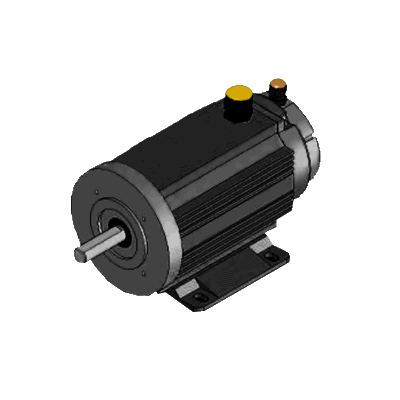Electric Motor Generator
| Electric Motor Generator | ||
|---|---|---|
| Home | Research & Development | Bill of Materials | Manufacturing Instructions | User's Manual | User Reviews | 
| |
see also: Hydraulic Motor
Overview
An electric motor converts electrical energy into mechanical energy.
An electric generator runs in reverse, and converts mechanical energy into electrical energy.
Detailed Description
Most electric motors operate through the interaction of magnetic fields and current-carrying conductors to generate force. The reverse process, producing electrical energy from mechanical energy, is done by generators such as an alternator or a dynamo; some electric motors can also be used as generators.
The ideal GVCS motor is one that meets OSE Spec for appropriate scale and ease of fabrication.
While many heavy-duty GVCS technologies are powered by Hydraulic Motors, many of the smaller, more precision actuation is left to Electrical Motors.
Product Ecology
Uses
- Battery
- UPS
- 3D Printer - Insulator parts
- Wire Mill - Copper wires
Powers
- 3D Printer - XYZ
- CNC Circuit Mill - XYZ
- Torch Table - XYZ
- Laser Cutter - XYZ
- Industrial Robot
- Welder - Wire feed
- Solar Panel - Tracking
- Multimachine - CNC Components
Powered by
See Product Ecologies for more information.
Components
- Housing
- Wiring
- Magnets
- Power
- Controller
- Stepper
Status
Currently researching available open source designs (see Research). Subject Matter Experts are asked to Contact Us.
See Also
- Research
- Open Source Stepper Motor Controller
- Open Source Stepper Motor Controller Problem Statement
- Appropedia: Comparison of electrical motors - types and applications, 3D models.
